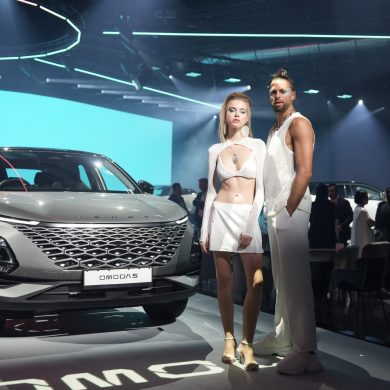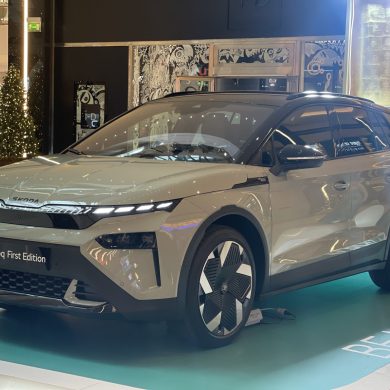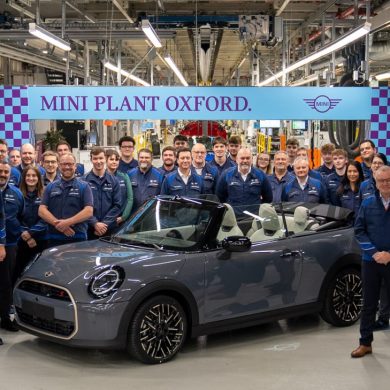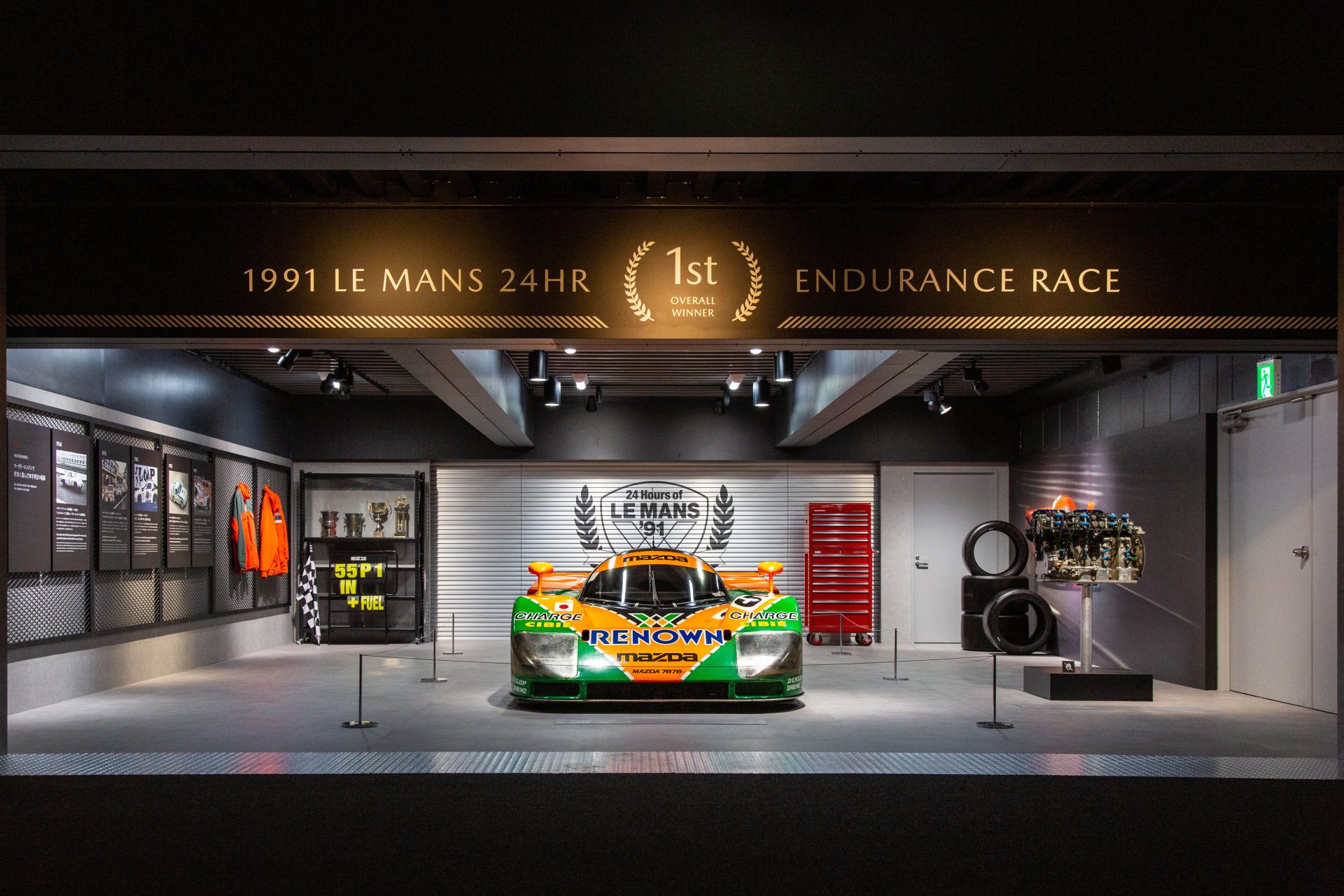
It is widely known that behind Mazda lies a rich Japanese heritage. Founded in 1920 as Toyo Cork Kogyo Co (renamed Toyo Kogyo in 1927 and finally Mazda in 1984), some 102 years ago, the Hiroshima-based automaker has enjoyed years of continuous success with many innovations around the world, with countless iconic vehicles. What many people don't know, however, is how deep Mazda's roots go.
The Mazda Museum, located at the Mazda headquarters in Hiroshima and open to the public, is the ideal place to experience this special past. Spanning over 10 different zones, the Mazda Museum showcases more than 100 years of this unique history, from challenging and innovative technologies to award-winning design and futuristic engineering. Each zone captures the unbridled spirit of the Japanese brand, with many automotive surprises waiting to be discovered.
Zone 1: The little tricycle that rebuilt Hiroshima
In Osaka, Japan, Jujiro Matsuda started the journey of Mazda and one of its first vehicles, which is also one of the most remarkable: the three-wheeled "truck".
Worth seeing: The Type-TCS welcomes visitors to the Mazda Museum and perfectly captures the history of the brand. Built entirely from domestically manufactured components, it was 40% more powerful than its predecessor, the Type-DA, and could carry an impressive 400kg load. Later, in 1938, Mazda launched the Type-GA and resumed production just four months after the end of World War II. The following year, 1946, it reached the top of the market with a production volume of 2,430 vehicles.
It was quickly nicknamed the "Green Panel" because of the green dashboard symbolizing peace and security. The Type-GA was produced until 1949. Today, its successor model, the Type-GB, can be admired at the Mazda Museum in its iconic "Green Panel" colour.
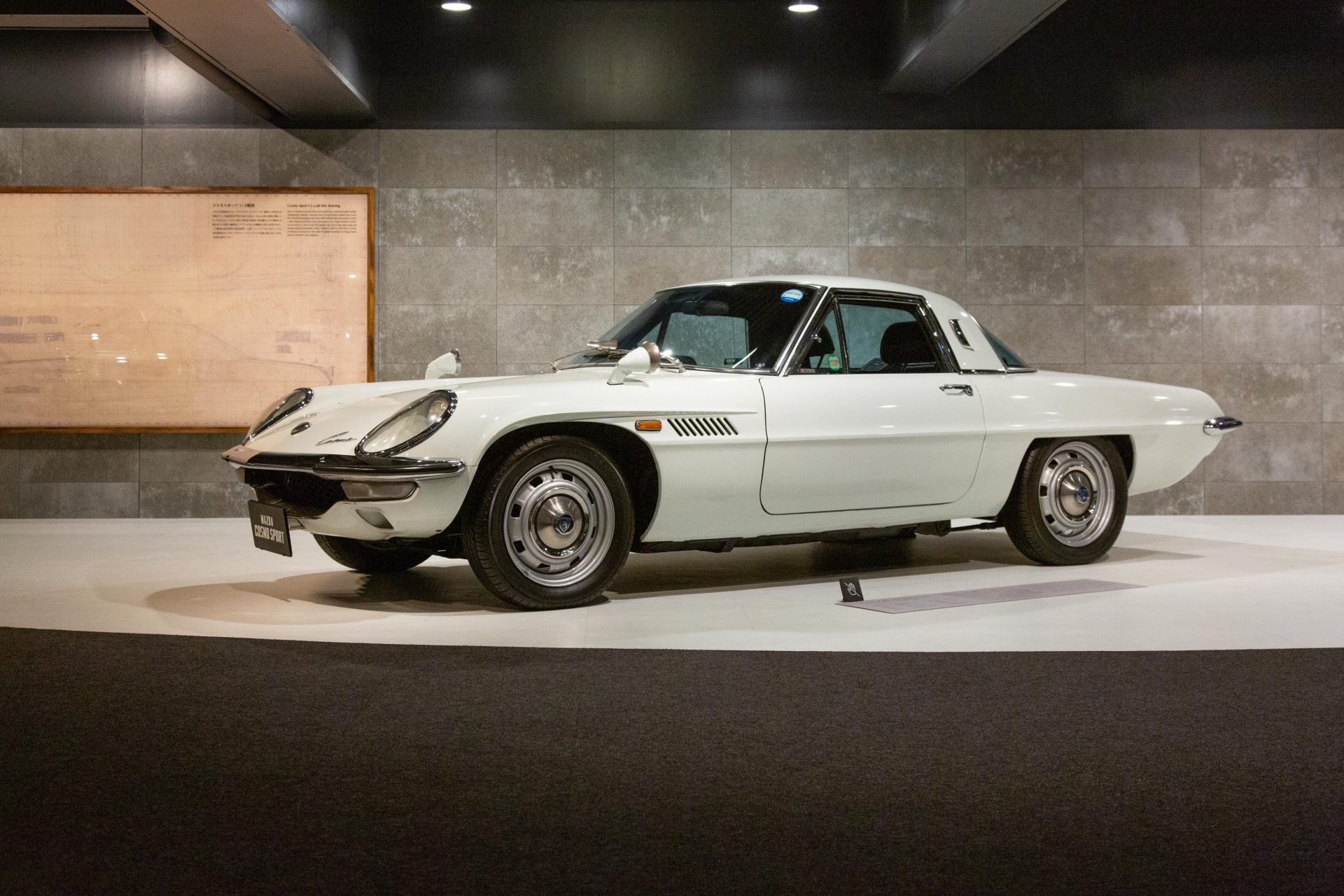
Zone 2-3: The coming of the Soul Red Crystal
In the mid-20th century, Mazda turned its attention to consumer vehicles. From lightweight hatchbacks to luxury sedans, a range of diverse vehicles began to appear around the world.
Worth seeing: Mazda's most historic and recognizable vehicles include the Cosmo Sport, Savanna and Cosmo AP. In particular, the Cosmo AP was one of the first vehicles to be released in red, a rarity for vehicles in the mid-20th century, as high-tech vehicles were usually manufactured in black, white or silver. This unconventional approach made Mazda's special association with the colour red, which is still synonymous with the brand to this day. As far as the Cosmo Sport is concerned, it is somewhat rare as there are still around 480 of the approximately 1200 vehicles still in circulation today.
Zone 4: The original Group C Sports who won Le Mans
Mazda showed its unconventional spirit in a number of world speed races, including Le Mans and IMSA.
Worth seeing: One of the most impressive installations is the Mazda 787B, which won the demanding 24-hour Le Mans race. The museum displays the 787B in a garage pit, where visitors can also see memorabilia from the most famous endurance racing events. In 1991, Johnny Herbert, Volker Weidler and Bertrand Gachot led the Mazdaspeed team to a historic victory.
Zone 5-6: The unique engine V12
The special philosophy of the Japanese brand continues to be present in Zone 5-6, where its "aggressive" presence on the market in the eighties is now highlighted.
Worth seeing: Mazda's first and only V12 engine was a 4000 cc engine, built in the late 1980s through 1992. By combining two V6 engines, the manufacturing team wanted to make an engine for the best car in the world. The V12 engine never made it to market, but Mazda's spirit of challenge remained alive in the engine designs, which included a three-rotor rotary engine as well as a V6 Miller engine.
Zone 7: Το SUV who brought into the world thethe philosophy "Kodo: The Soul of Movement"
The Mazda CX-5, Mazda6 and MX-5 represent the new era of Mazda and change the game through Skyactiv technology and unique Kodo design.
Worth seeing: The Mazda CX-5 SUV, launched in 2012, was the first vehicle to showcase Mazda's new design theme "Kodo: Soul of Motion". It is said that the sleek, sporty silhouette was inspired by a cheetah at the moment it is about to attack its prey. This modern design could only be combined with Skyactiv technology, which maximizes driving performance and efficiency. This is quite a charming crossover.
Zone 8-9: A wrecked car, which… was deliberately destroyed
Excellent vehicles also have incompatible safety standards. One can see a number of impressive installations, as well as watch Mazda vehicles being built in real time.
Worth seeing: A Mazda CX-30 damaged during routine safety testing is one of the most recognizable sights in the Mazda Museum. Although the damage to the front of the vehicle is extensive, the cockpit and interior remain well protected. In Zone 9, you can also walk over Mazda's production line at the Ujina plant, which produces 1,000 cars every day. Each vehicle takes about 15 hours of work to complete.
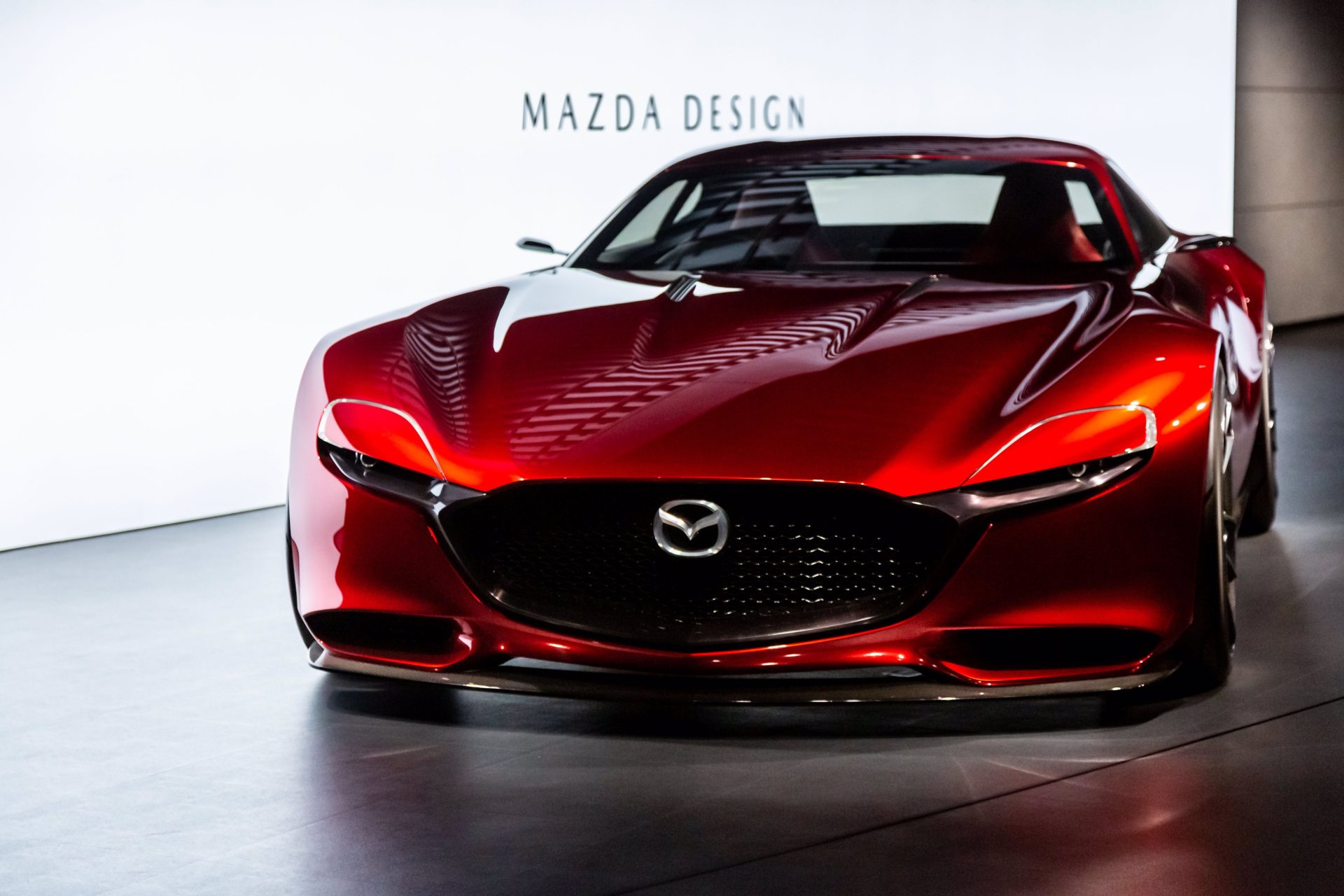
Zone 10: Discovering the next century
During your visit, don't miss Mazda's bold Kodo strategy and design, where you'll find a bicycle, a sofa and an impressive Goshintai sculpture.
Worth seeing: The sleek exterior and exciting nature of the Mazda Vision Coupe and RX-VISION provide the perfect "aftertaste" of your visit. Each of these cars was created using the combined skills of an experienced clay modeler, who turned ideas into life-size models that would later become prototype vehicles. Near the two prototype cars is the Mazda LM55 Vision Gran Turismo, a life-size model car available in the Gran Turismo racing game. The vehicle combines Mazda's Kodo design philosophy along with elements of the Le Mans-winning Mazda 787B.


